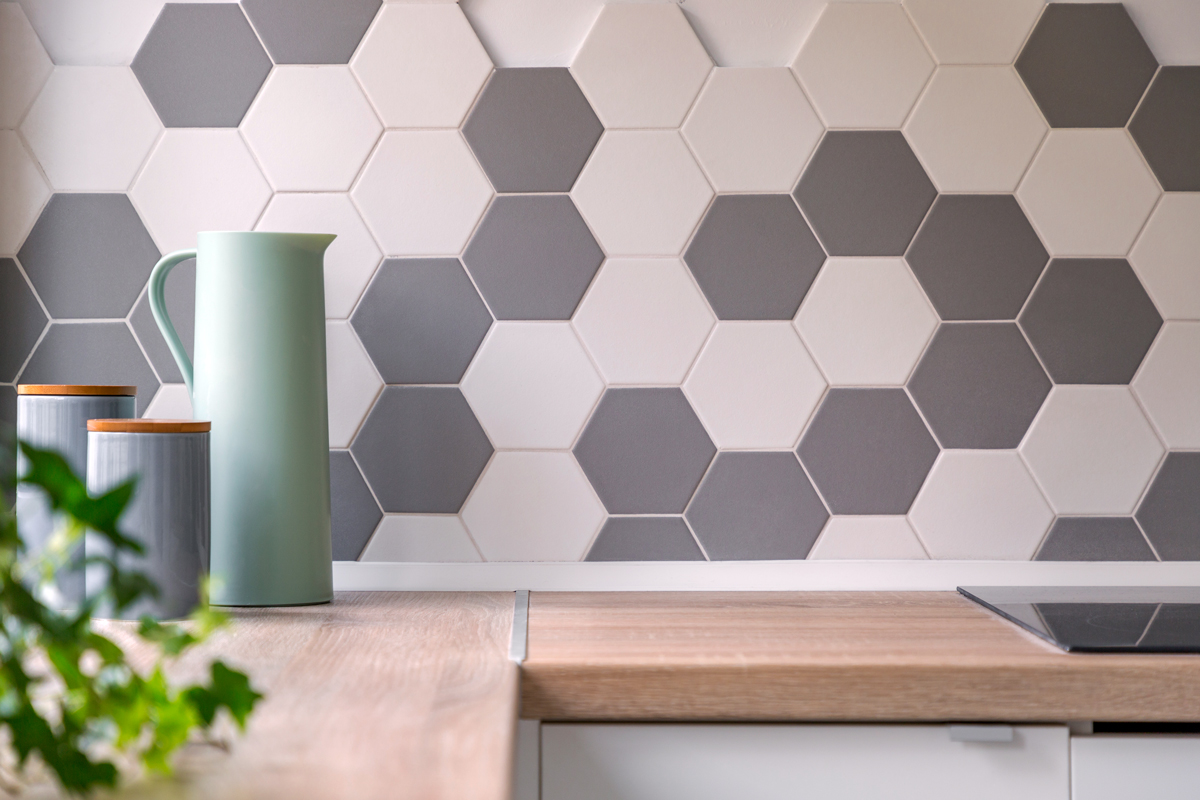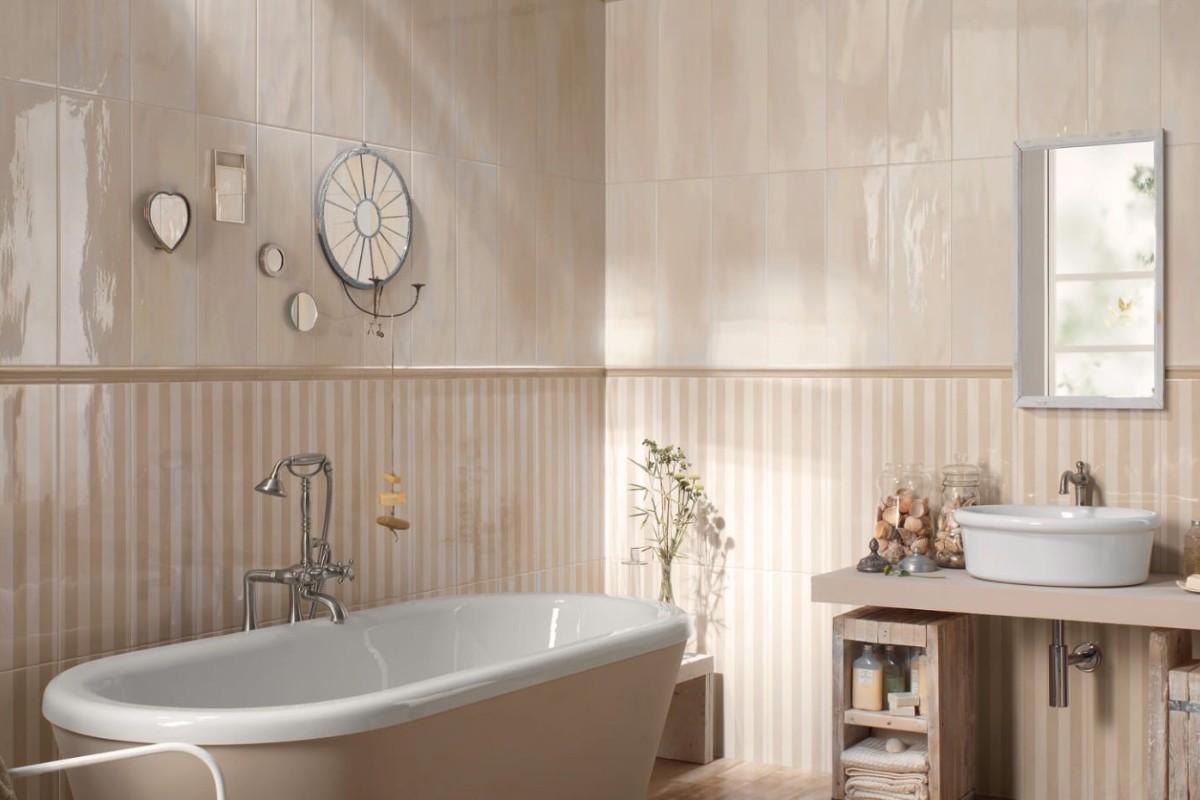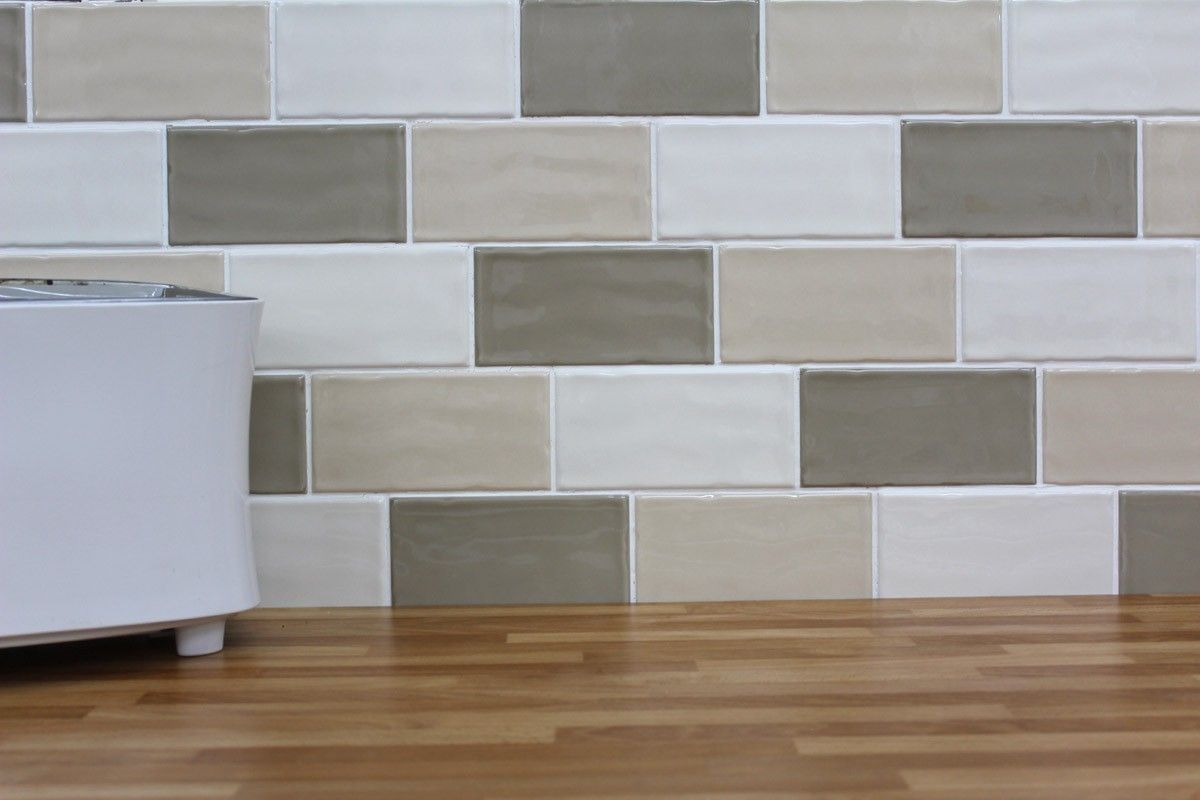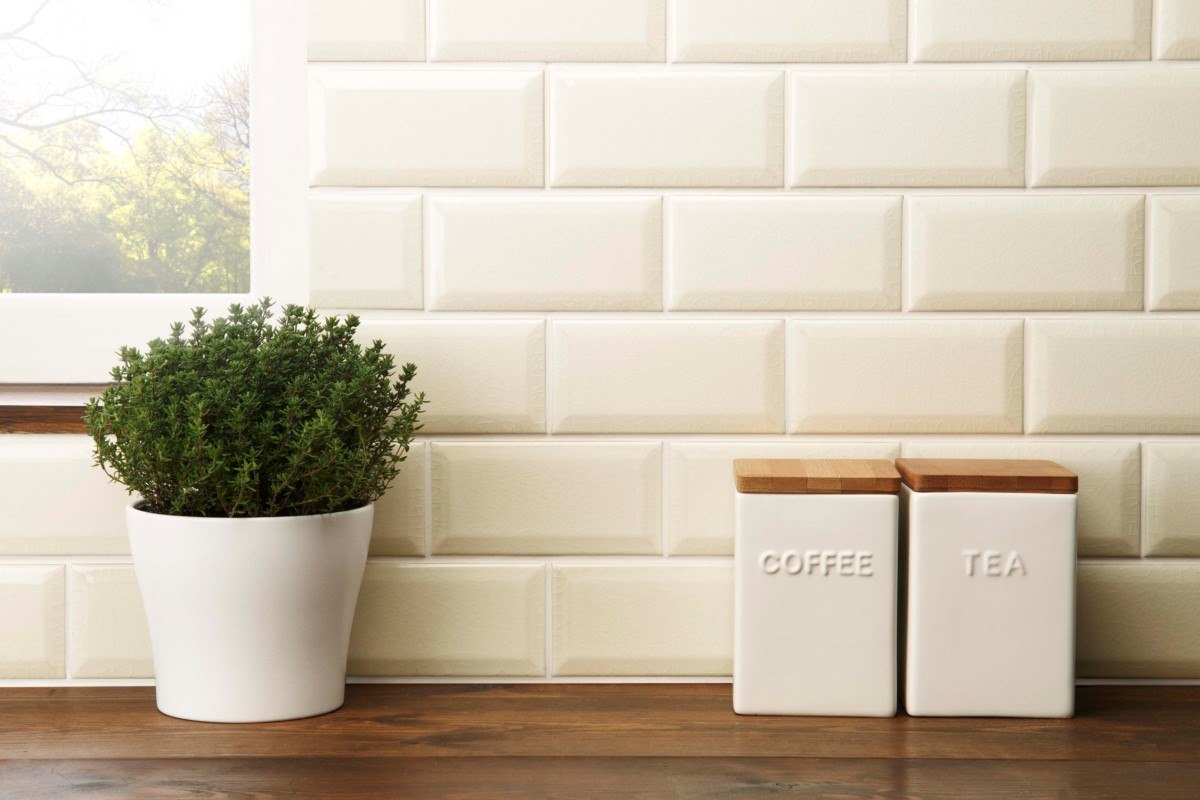Tiled floors, walls, and worktops can all benefit from having a finished edge provided by finishing components such as border tiles and edge trims. The installation is completed with these 5 common specialty tiles, which also conceal the field tiles’ unfinished edges.
Trim tiles not only offer accents to your plan with their various forms, colors, designs, and patterns, but they are also essential to achieving a seamless result.
Buy your border tile and edge trim from the same manufacturer as your field tiles. This will ensure a seamless look. Edging made of wood, metal, or PVC should be considered if you are unable to locate matching trim.
Be careful to include the cost of the trim tiles in your budget, as their price is typically twice that of the field tiles. Include these tiles in the planning stage of your tile layout so that you can get an accurate sense of how the finished product will seem.
Surface trim and radius trim are the two distinct types of trim tiles that are available. Surface trim is utilized in situations in which the setting bed and the surrounding surface are on the same plane, such as in the case of a tiled backsplash.

When the setting bed is raised higher than the surrounding surface, such as when you are tiling around the corner of a wall or the edge of a countertop, you will need to utilize radius trim. Utilize our guide on border tile and edge trim tile below to educate yourself on both sorts of tile, as well as how to select the style of tile border that will work best for your undertaking.
Different kinds of trim tiles can be purchased in various combinations to meet the design needs of virtually any project. The perimeter of walls and counters can be framed with edge trim tiles, which have one or two rounded edges and are installed there. Additionally, it can be laid down as the foundational tile for a floor installation.
Similarly, wall trim tiles are utilized in locations where a full-size tile is desired, but an individualized edge treatment is not required. Certain kinds of trim tiles are designed specifically for use on countertops. The countertop surface and the front borders are transitioned in a way that is both smooth and aesthetically pleasing by using quarter-round and outside corners.
- Radius Trim
This particular style of trim tile is fabricated with a rounded lip that forms a right-angled corner when it reaches the tile’s edge. When the setting bed is lifted up such that it is flush with the existing wall surface, the turned edge will cover the entirety of the setting bed’s depth. It would be best if you used radius trim around the perimeters of the area where the backer board has been put over drywall.
- V-cap with edging
V-cap tile trim, you can finish practically any tile installation with results that appear as if an expert did them. It has a design in the form of an L and is utilized to cover the tiling along the surface’s perimeter. A border can be created along the tiled countertop base or wall surface by using the lower leg of the cap in place of a single-cut tile. This can be done either vertically or horizontally. Back-buttering with glue is required for both of the legs of the cap.

- Base Tiles
In a manner analogous to that of baseboards, base tiles serve to complete the installation of a floor by connecting the wall tile to the flooring. Those that were manufactured with this use in mind typically have a foot that is rounded at the base. There are also bullnose floor tiles that can be purchased on occasion. It might be possible to use a trim tile that was cut from the field tile if the base tiles you want aren’t available in the same style as the field tile you want to use.
- Tiles for the Borders and Accents
The use of borders and accent tiles gives a tile installation more elegance. A border tile is often a length of tile that is narrow and is used to finish off an edge. Accent tiles, which are occasionally made of glass, can take nearly any form, but for optimum impact, they should have a color, size, shape, or texture that contrasts with the rest of the space.
- Tiles With Rounded Corners
There are certain manufacturers that do not produce their trim tile in the same design or color palette as their field tile. If the tile has a soft body, you might be able to make the trim tile by chamfering the edges with a masonry stone. This is only possible if the tile is of the soft-bodied variety. Before giving it a shot, you should be aware that constructing your own trim requires high precision and work. You should pull the stone towards you while maintaining an even pressure and a steady angle along the edge of the tile. Keep a close eye on the tiles you’ve already sculpted and compare them frequently.

Different kinds of thresholds can be used with tiled floors.
The height of tiled floors is typically greater than that of the floors that surround them, and thresholds are installed between the levels to make the transitions simple, secure, and aesthetically pleasing. The following are the primary classifications of tile thresholds:
In situations in which there is no difference in height between the two surfaces, flush thresholds are utilized.
Metal thresholds are the most versatile and come in a wide variety of styles and profiles. They are also the easiest to install.
Z-bars are a particular style of metal threshold that is installed at the transition point between a tiled floor and a carpet.
Many thresholds made of hardwood are beveled on two planes, and then screwed or finished nails are used to attach them to the lower wood subfloor.
Transitions can also be made using stone or synthetic materials, which are both safe and appealing. Please inquire with the tile provider about any recommendations they may have that will work with your installation.

Utilization of Wood Around the Edge of Tiled Countertops
If you can’t find V-caps or bullnose tiles that match your tiled worktops, you might want to think about installing a wood-trim edge instead. Caulk should be used to keep wood from adhering to tiles or adhesives; this is because wood expands at a different pace than tile and adhesive. Use a caulk whose color and viscosity are similar to that of the grout (sanded or unsanded). You can use finishing nails or screws and plugs to secure the wood edge to the countertop.











Your comment submitted.